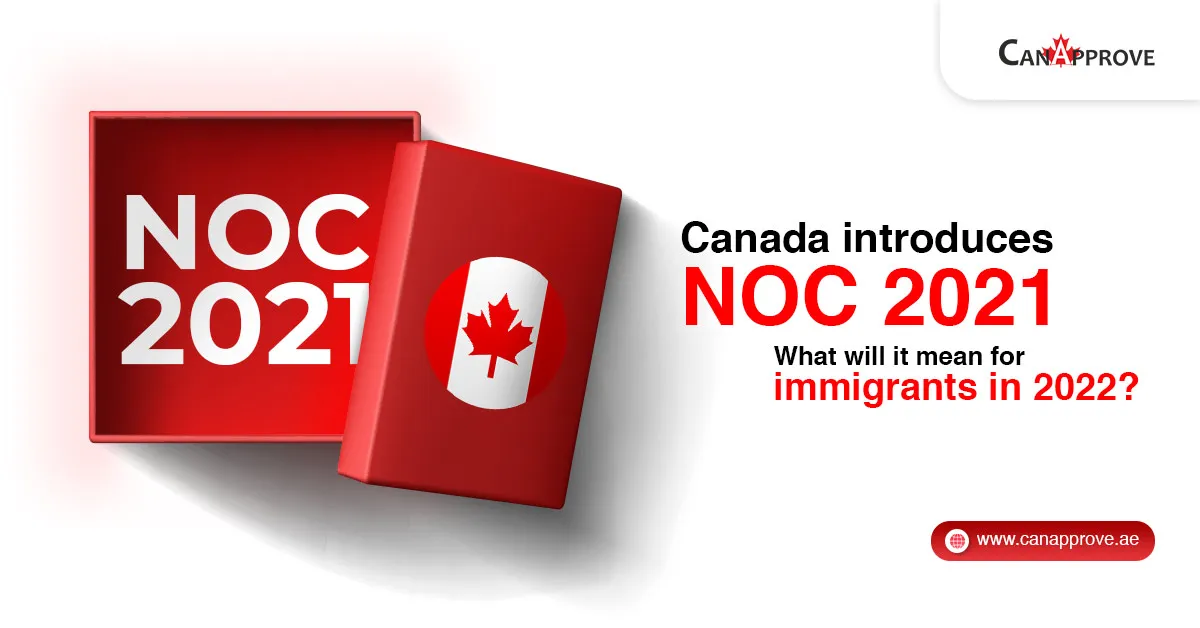Come this fall 2022 and Canada is set to overhaul the way it classifies occupations for immigrants.
Canada categorizes occupations through a system called the National Occupational Classification (NOC). It is reviewed every year and updated every five years to ensure foreign immigrants with the right skillset get a fair chance of opportunity in Canada’s dynamic labour market.
While the federal government is yet to make an announcement about which sorts of immigration applicants may be affected, it is certain that the new NOC code will affect some economic class and foreign worker, applicants.
About the new NOC 2021
As reported by CIC news, Canada will introduce the new occupation classification sometime in “fall 2022”.
Immigration, Refugees, Citizenship Canada (IRCC) is also expected to align the new NOC rollout with the department of Employment and Social Development Canada (ESDC) to ensure consistency of Labour Market Impact Assessment (LMIA) applications for work permits.
Canada made a significant overhaul to the NOC in 2011, followed by another update in 2016. Statistics Canada released its new NOC 2021 publication last month for use by federal and provincial governments to manage skilled worker immigration programs and the Temporary Foreign Worker Program (TFWP).
This is to ensure that foreign immigrants who specialize in emerging fields like data science, cyber security and others get adequate opportunities to work & settle in Canada.
NOC skill levels to be replaced by new TEER system
Canada uses NOC skills levels that were last updated in 2016. It classifies all occupations in Canada into four categories:
- NOC 0: Skill type 0 jobs are usually managerial in nature;
- NOC A: Skill type A jobs are professional in nature and usually require a university degree; or
- NOC B: Skill type B jobs are skilled trades occupations that usually require a college diploma or training as an apprentice.
- NOC C & D: Jobs include semi- and low-skilled workers in the trades, primary and manufacturing industries, sales and services, as well as certain clerical and assistant categories
National Occupational Classification(NOC) 2021 brings in a new system of skill classification which will be based on the Training, Education, Experience and Responsibilities (TEER) system.
Statistics Canada explains the rationale behind the new TEER system:
- Focus on the education and experience required to work in a given occupation.
- Accurately capture the skills required in each occupation.
The benefits of the new TEER system could lead to more favourable opportunities for foreign immigrants and the mapping of new occupations in emerging fields like data science, cybersecurity, etc.
The new TEER system has 516 occupations, up from 500 in NOC 2016. All occupations are classified into six categories: 0, 1, 2, 3, 4, 5
TEER 0 |
|
TEER 1 |
|
TEER 2 |
|
TEER 3 |
|
TEER 4 |
|
TEER 5 |
|
This tool from Statistics Canada can be used to view how your current NOC compares to the NOC 2021.
Take this free assessment online to determine your eligibility for Canadian immigration.
For more expert analysis and opinion, get in touch with our consultants. Book your free appointment with us today!














